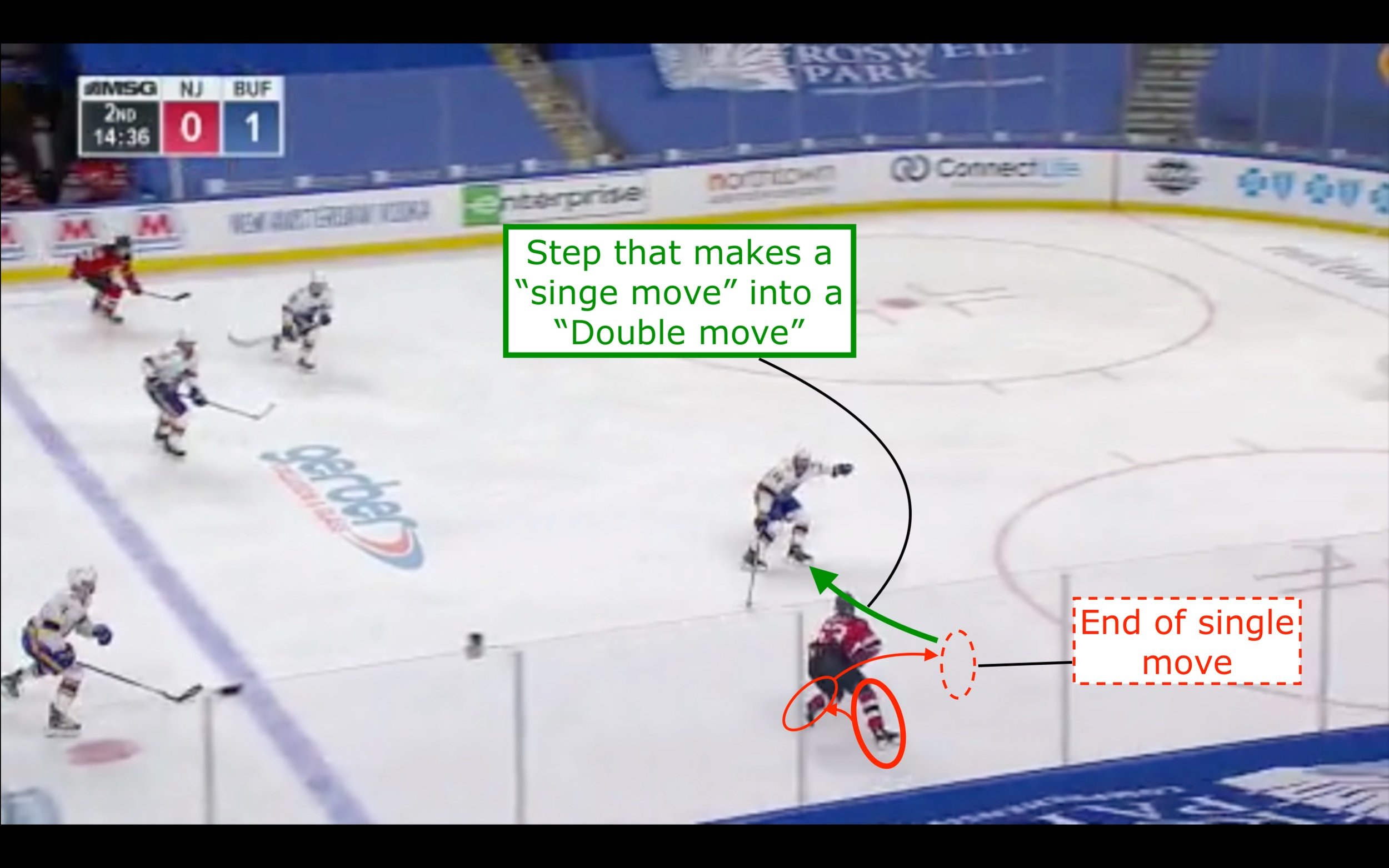
How Conscious hockey Started
My name is Xander and I am the owner of Conscious Hockey. I played NCAA D2 hockey and I started Conscious Hockey during my playing days because I was frustrated with the lack of decision making improvement I was getting.
I would workout really hard, shoot pucks for hours, and prioritize recovery over everything else but something was still missing from my formula.
What I came to find is that “set plan” drills where you are told where to go, what to do and how are not teaching what you really do in hockey. MAKE DECISIONS AND THINK!
From that point on I was obsessed with how decisions are made, based on what information, and every little tiny details.
I began posting about what patterns and principles I was learning which turned into Conscious Hockey. I have now worked with hundreds of players, off ice, on ice, and virtually improve their hockey decision making.
If you feel like you are training in a mindless, repetitive way, Conscious Hockey can definitely fix that.
the true reason Mcdavid plays so fast
Most think Conner McDavid is so successful because he can skate fast. There is no doubt he is fast both straight ahead and laterally. His off puck movement habits are completely neglected. In this video, I analyzed all McDavid’s shifts from a game and noticed some patterns that you can start implementing right away.
Bedard’s stealthy Strategy
Looking back at Bedard’s away from the puck habits from preseason will be very interesting as we finish out his rookie year. Contrast his style with McDavid’s and we see two completely different mentalities. Both result withe the puck on their sticks in dangerous areas of the ice. You can stick handle all day long but if you can’t get open it’ll never payoff.
Don’t Prioritize outcomes
It is common to see a nasty highlight from your favorite player then spend a crazy amount of time trying to replicate the play. This is outcome focused and it has some serious flaws. You want to understand the context that set of choices was used in. Imagine a slightly different context and see how that play wouldn’t work anymore. Learn to recognize the context your favorite highlights occurred in and you will be closer to replicating that play in the chaos of a real game.






















